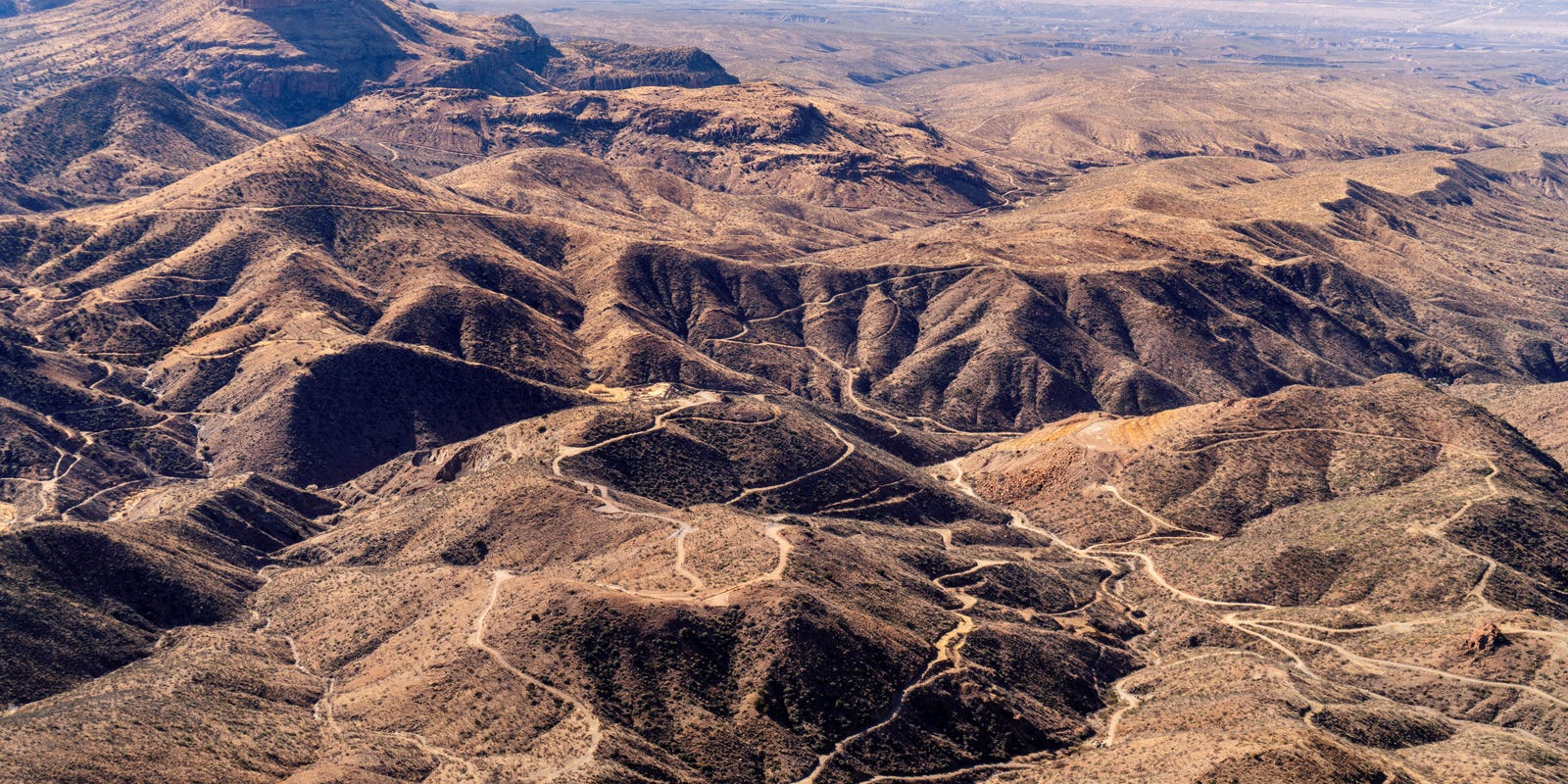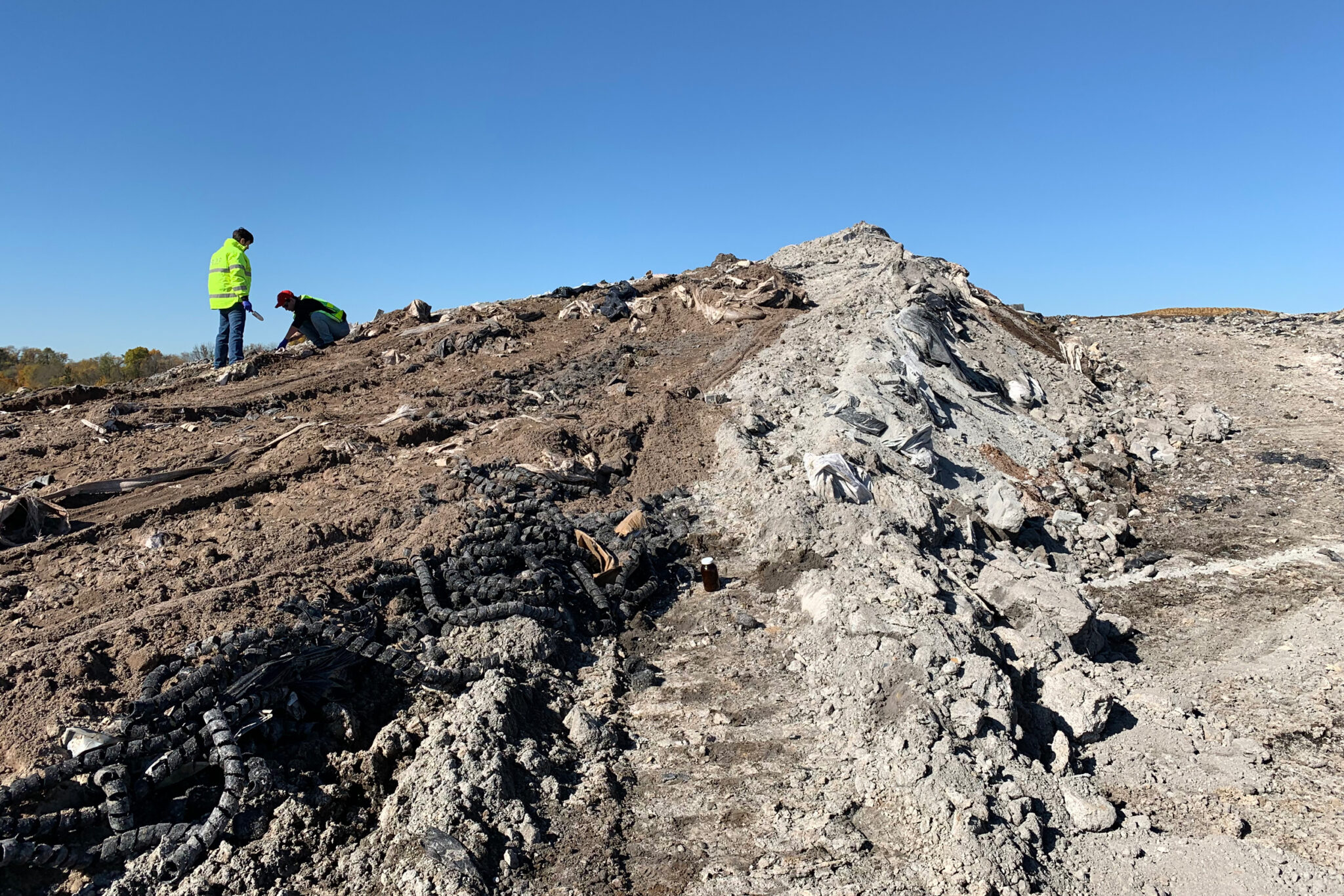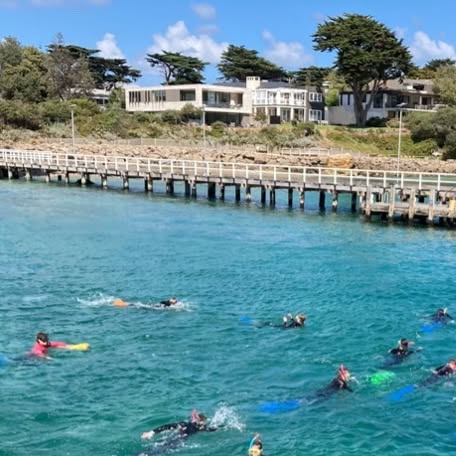Copper Creek Mining Project Threatens Ecological Lifeline: Conservationists Raise Alarm Over San Pedro River
Environment
2025-03-24 12:02:32Content

Community Voices Rise to Defend the Lower San Pedro River as Copper Creek Project Advances
Environmental advocates and local residents are mobilizing to protect the ecologically sensitive Lower San Pedro River as the Bureau of Land Management (BLM) initiates a critical public comment period for Redhawk's proposed Copper Creek mining project.
The proposed development has sparked intense community concern about potential environmental impacts on this vital riparian ecosystem. Local conservation groups are urging residents to participate in the public comment process, highlighting the river's crucial role in supporting diverse wildlife and regional biodiversity.
Concerned citizens are gathering to strategize their response, emphasizing the need to preserve the river's delicate ecological balance against potential industrial development. The upcoming comment period represents a crucial opportunity for community members to voice their perspectives and protect this treasured natural resource.
As the BLM reviews the Copper Creek project, the community stands united in its commitment to environmental stewardship and sustainable land management.
Environmental Showdown: Copper Creek Mine Project Sparks Intense Community Resistance
In the heart of Arizona's rugged landscape, a controversial mining project is brewing, threatening to reshape the delicate ecosystem of the Lower San Pedro River. The Bureau of Land Management's recent announcement of a public comment period for the Redhawk Copper Creek project has ignited a passionate debate about environmental preservation, economic development, and the future of this critical natural habitat.Protecting Nature's Lifeline: A Community's Urgent Battle
The Ecological Significance of the Lower San Pedro River
The Lower San Pedro River represents a critical ecological corridor in Arizona, serving as a vital lifeline for numerous species and supporting an intricate web of biodiversity. This remarkable waterway winds through a landscape that has remained largely untouched, providing sanctuary to migratory birds, endangered wildlife, and a complex ecosystem that has evolved over millennia. Environmental scientists have long recognized the river's importance, highlighting its role in maintaining regional ecological balance and supporting numerous endemic species that cannot survive in other habitats. Researchers have documented over 300 bird species that depend on this river system, making it one of the most significant avian migration routes in North America. The proposed Copper Creek Mine project threatens to disrupt this delicate balance, potentially causing irreparable damage to a ecosystem that has taken thousands of years to develop. Local ecologists warn that the mining operations could fundamentally alter water resources, soil composition, and wildlife migration patterns.Community Mobilization and Environmental Advocacy
Local environmental groups have rapidly organized a comprehensive resistance strategy against the proposed mining project. These grassroots organizations are leveraging social media, community meetings, and strategic legal challenges to draw attention to the potential environmental consequences. Their approach combines scientific evidence, community testimony, and legal expertise to challenge the proposed development. The coalition includes environmental nonprofits, indigenous community representatives, and local residents who share a deep connection to the landscape. They argue that the economic benefits promised by the mining project are vastly outweighed by the long-term ecological destruction it would cause. Professional environmental lawyers are preparing comprehensive legal challenges, analyzing every aspect of the proposed project's environmental impact statement.Economic and Environmental Trade-offs
The Copper Creek Mine project presents a complex narrative of economic opportunity versus environmental preservation. Proponents argue that the mining operation would generate significant local employment and contribute to the region's economic development. The projected copper extraction could potentially create hundreds of jobs and generate millions in regional economic activity. However, environmental economists counter that the long-term ecological costs far exceed the short-term economic gains. They point to historical mining projects that have left lasting environmental scars, contaminated water systems, and required expensive restoration efforts. The potential groundwater contamination, habitat destruction, and disruption of natural migration corridors represent significant hidden costs that are not typically factored into initial economic projections.Technological and Regulatory Challenges
The proposed mining project faces substantial technological and regulatory hurdles. Modern environmental protection standards require comprehensive mitigation strategies, advanced extraction technologies, and rigorous monitoring protocols. Mining companies must demonstrate not just economic viability, but also their capacity to minimize environmental impact through cutting-edge technological interventions. Regulatory agencies are increasingly demanding holistic environmental assessments that consider long-term ecosystem health. This means the Redhawk project must prove its ability to implement sustainable mining practices, including advanced water treatment technologies, minimal habitat disruption, and comprehensive restoration plans. The complexity of these requirements represents a significant challenge for the proposed development.Public Engagement and Democratic Process
The current public comment period represents a critical moment in the project's potential implementation. Citizens are being invited to provide detailed feedback, share scientific insights, and express their concerns about the proposed mining operation. This democratic process allows community voices to directly influence potential environmental policy decisions. Environmental advocates are encouraging widespread community participation, providing resources and guidance to help residents craft meaningful public comments. They emphasize that individual voices can collectively create significant pressure on decision-making bodies, potentially altering the trajectory of the proposed project.RELATED NEWS
Environment

Environmental Titan Calls Out Sierra Club: Racial Injustice in Alabama's Green Movement
2025-04-17 23:17:15







